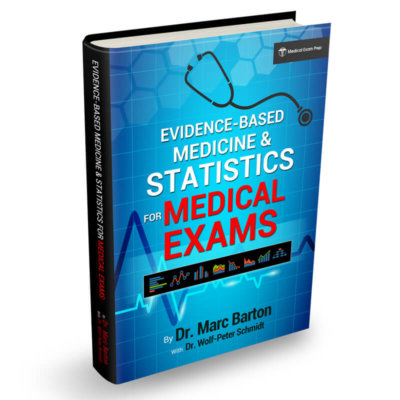Myxoedema coma is an extreme manifestation of untreated hypothyroidism and is a life-threatening condition characterised by hypometabolism and altered mental status. It commonly affects elderly patients with long-standing hypothyroidism, often precipitated by infections, cold exposure, trauma, or sedative use. Despite its name, coma is not always present but altered mental status, hypothermia, and multi-organ dysfunction are common features. The condition has a high mortality rate and requires prompt recognition and aggressive management in an intensive care setting.
Epidemiology
Myxoedema coma is most frequently seen in older adults, particularly women, due to the higher prevalence of hypothyroidism in this demographic. It is more common in colder climates, where exposure to low temperatures can exacerbate the underlying metabolic slowdown caused by hypothyroidism. While hypothyroidism itself is common, affecting about 1-2% of the general population, myxoedema coma is rare, with mortality rates reported between 30-60% even with treatment.
Pathophysiology
The condition results from severe, untreated hypothyroidism, where the metabolic processes of the body slow dramatically. Thyroid hormones (T3 and T4) play a critical role in regulating metabolism, and their deficiency leads to hypothermia, bradycardia, hypoventilation, and altered mental status. In myxoedema coma, these effects become pronounced, leading to impaired cardiovascular, respiratory, renal, and gastrointestinal functions. Additionally, elevated antidiuretic hormone (ADH) levels contribute to hyponatremia, while hypoxia and hypercapnia worsen due to respiratory depression.
Clinical features
The effects of myxoedema coma are widespread, and its clinical presentation varies. Common clinical features include:
- Hypothermia: temperature often <35°C
- Cardiovascular: bradycardia and hypotension
- Respiratory: hypoventilation leading to hypercapnia and hypoxia
- Gastrointestinal: abdominal pain, Ileus, constipation, and occasionally ascites
- Neurological: altered mental status, ranging from lethargy to coma
- Electrolyte disturbance: notably hypoglycaemia and hyponatremia
- Physical examination may reveal dry skin, hair loss, a hoarse voice, periorbital oedema, and non-pitting oedema in the extremities
Diagnosis and investigations
Diagnosis is primarily clinical and should not be delayed by waiting for laboratory results. Supportive laboratory findings include:
- Elevated TSH (except in central hypothyroidism, where TSH may be low or normal).
- Low levels of free T4 and T3.
- Hyponatremia, hypoglycaemia, hypercapnia, and elevated creatine kinase
Other important investigations include:
- Arterial blood gases to assess for respiratory acidosis
- ECG may show bradycardia or low-voltage QRS complexes
- Chest X-rays may show cardiomegaly or pleural effusions
Management
Patients who have been diagnosed with myxoedema coma should be admitted to an intensive care or high-dependency unit, and management focuses on rapid resuscitation and correction of the underlying thyroid deficiency.
Supportive care:
- Hypothermic patients should be rewarmed slowly, and the use of rewarming blankets should be avoided, as peripheral vasodilatation can aggravate hypertension and cardiovascular instability
- Hypovolaemia, hypoglycaemia and electrolyte disturbances should be corrected
- Vasopressors are often needed to manage hypotension, but they should be used cautiously due to the risk of arrhythmias
- Mechanical ventilation may be required for respiratory failure
Hormone replacement:
- Oral therapy is ineffective due to impaired gastrointestinal absorption and intravenous levothyroxine (T4) is the mainstay of treatment
- This is usually with an initial loading dose of 100-500 mcg, followed by 75-100 mcg per day the patient is stable and able to take oral levothyroxine
- In critically ill patients, a combination of T4 and liothyronine (T3) may be used cautiously.
- Intravenous hydrocortisone is administered empirically to cover for potential adrenal insufficiency
Treat precipitating factors:
- Treatment of underlying causes, such as infections, with antibiotics
Prognosis
Despite aggressive management, the prognosis remains guarded, with mortality rates ranging from 30-60%. Factors associated with poor outcomes include advanced age, severe hypothermia, cardiovascular collapse, and decreased consciousness. Early recognition and intensive supportive care improve outcomes, but recovery may take weeks or months.
Header image used on licence from Shutterstock
Thank you to the joint editorial team of www.mrcemexamprep.net for this article.






